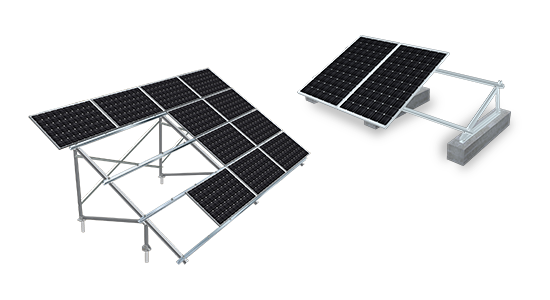-
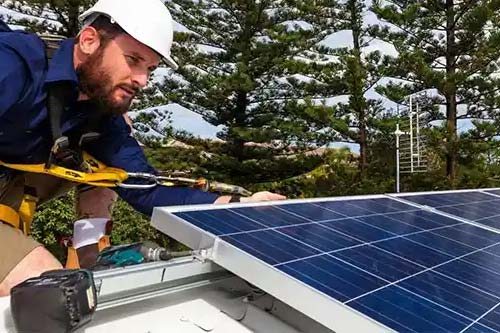 Residential PV power station, also called as household solar power system, mainly refers to the solar system installed on the roof of a family. Generally, residential power station has features such as small installation capacity, widespread distribution, simple on-grid process, short investment recovery period, and high subsidy.
Residential PV power station, also called as household solar power system, mainly refers to the solar system installed on the roof of a family. Generally, residential power station has features such as small installation capacity, widespread distribution, simple on-grid process, short investment recovery period, and high subsidy. -
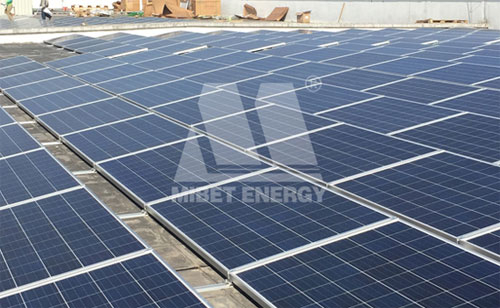 Drilling through the flat roof is vulnerable to water leaks. If there are a few more options for installing solar panels without drilling on a flat roof to immuse to the water leaks, will you take it into your consideration?
Drilling through the flat roof is vulnerable to water leaks. If there are a few more options for installing solar panels without drilling on a flat roof to immuse to the water leaks, will you take it into your consideration? -
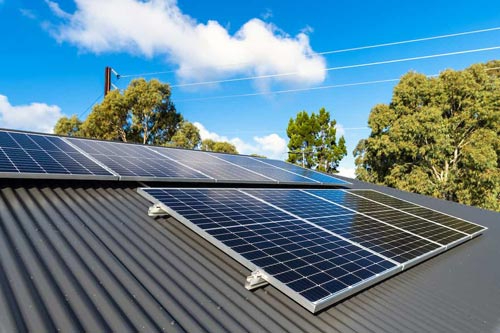 What parts and pieces do you need when you plan to install a roof solar power plant? Curious about this question? Look through this article and you will get to know it in 5 minutes.
What parts and pieces do you need when you plan to install a roof solar power plant? Curious about this question? Look through this article and you will get to know it in 5 minutes. -
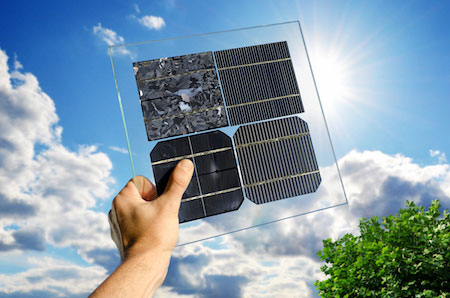 There are three main types of solar panels: monocrystalline, polycrystalline, and thin-film (amorphous silicon), each has its unique advantages and disadvantages, and application scenarios vary.
There are three main types of solar panels: monocrystalline, polycrystalline, and thin-film (amorphous silicon), each has its unique advantages and disadvantages, and application scenarios vary. -
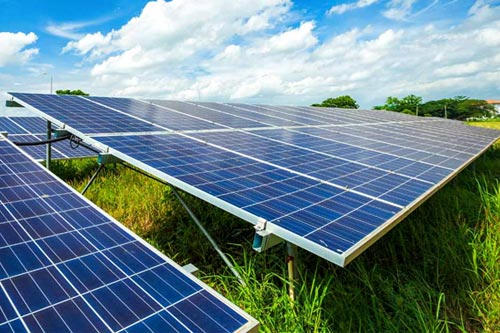 Choosing effective solar mounts is critical even the solar panels and solar inverters get a lot of attention from clients. Let's explore all you need to know to select the best solar mounts for your next solar energy installation.
Choosing effective solar mounts is critical even the solar panels and solar inverters get a lot of attention from clients. Let's explore all you need to know to select the best solar mounts for your next solar energy installation. -
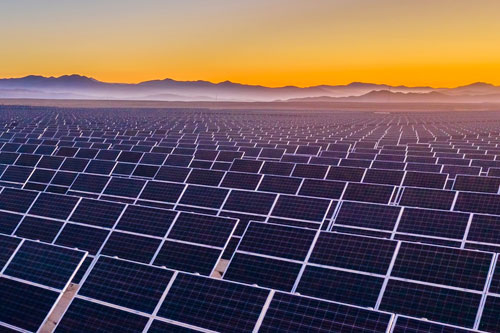 Solar panels are becoming an increasingly popular form of providing energy to homes or business. In this blog, we'll explain how long solar panels last, the payback period, and ways to make sure your solar panels last as long as possible.
Solar panels are becoming an increasingly popular form of providing energy to homes or business. In this blog, we'll explain how long solar panels last, the payback period, and ways to make sure your solar panels last as long as possible. -
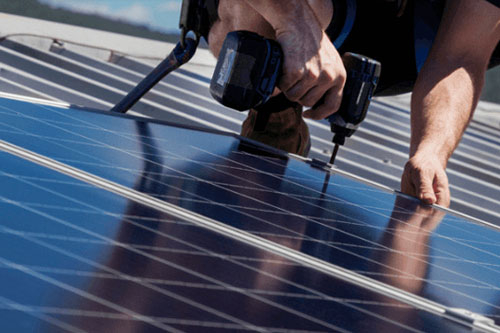 The most common location for the installation of solar panels is the roof, if installed on the roof is not applicable or desired, the solar panels could also be mounted on the ground. Here you will learn how solar panels are installed. We've laid out a simple seven-step guide for the typical solar installation process.
The most common location for the installation of solar panels is the roof, if installed on the roof is not applicable or desired, the solar panels could also be mounted on the ground. Here you will learn how solar panels are installed. We've laid out a simple seven-step guide for the typical solar installation process. -
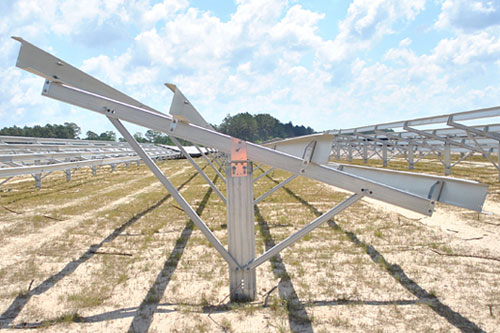 The solar racking system, also called as solar mounting system or solar brackets, is a kind of solar panel mount that can be used to hold the solar panel up to 20 or 30 years.
The solar racking system, also called as solar mounting system or solar brackets, is a kind of solar panel mount that can be used to hold the solar panel up to 20 or 30 years.
